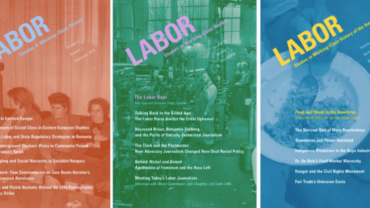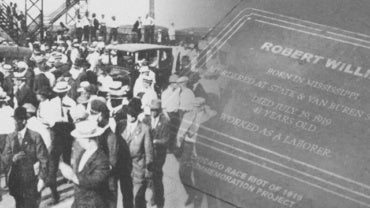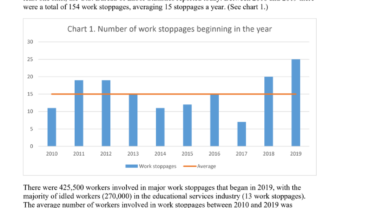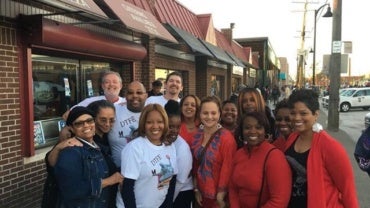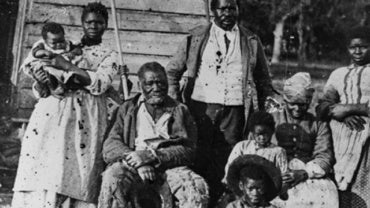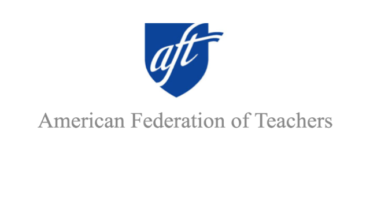Voices from the Dust Bowl: The Charles L. Todd and Robert Sonkin Migrant Worker Collection is an online presentation of selections from a multi-format ethnographic field collection documenting the everyday life of residents of Farm Security Administration (FSA) migrant work camps in central California in 1940 and 1941. The collection as a whole consists of approximately 18 hours of audio recordings (436 titles on 122 recording discs), 28 graphic images (prints and negatives), and 1.5 linear feet of print materials including administrative correspondence, field notes, recording logs, song text transcriptions, dust jackets from the recording discs with handwritten notes, news clippings, publications, and ephemera. This online presentation provides access to a selection of items from this collection including 371 audio titles, 23 graphic images, a sampling of the dust jackets, and all the print material in the collection.




